Explore Toolkits
Toolkits contain a variety of videos, articles and courses to help you become more familiar with specific topics.
Artificial Intelligence
Learning about artificial intelligence (AI) enhances your ability to streamline operations and improve efficiency. Additionally, understanding AI helps in adapting to a rapidly changing technological environment.
Generative AI is a cutting-edge technology that can be used to optimize content creation, product design, and customer experience enhancement for everyday businesses. Explore strategies that help leverage the power of generative AI to reshape your organization.
Generative AI in a Nutshell - How to Survive and Thrive in the Age of AI
This short video explains generative AI including: the definition of generative AI, how it works, how to use it, and some of the risks and limitations.
Why AI Will Never Replace Humans
In this video, Alexandr Wang talks about humanity's relationship to artificial intelligence and what the future may bring.
10 Incredible AI Tools You Can’t Live Without
Ten free AI powered tools that will change the way you work.
10 ChatGPT Life Hacks - That'll Change Your Life!
Learn ChatGPT tips and tricks to help improve writing, learning, and make your live easier with this language model.
In this TED Talk, Microsoft AI CEO, Mustafa Suleyman, offers an honest and compelling new vision for the future of AI, proposing an unignorable metaphor — a new digital species — to focus attention on this extraordinary moment.
AI Isn't the Problem — It's the Solution
People are growing anxious about AI, believing it is going to take our jobs; however, AI visionary, Andrew Ng, debunks AI concerns suggesting the need for more AI, not less.
What Is Artificial Intelligence? Definition, Uses, and Types
Learn what artificial intelligence is, how it is used today, and what it may do in the future.
Here's How You Can Boost Team Performance and Productivity with AI Technologies
This article explains how effectively integrating AI, can help teams streamline workflows, improve collaboration, and achieve more in less time.
This article highlights the transformative power of artificial intelligence (AI) in enhancing everyday workplace experiences and explores various AI tools available to help improve business operations.
Artificial Intelligence Tools for Detection, Research and Writing
An AI resource guide created by Texas Tech University, which includes generative AI related writing and research tools.
Change Management
Change management skills help navigate and adapt to organizational shifts smoothly, helping to minimize resistance. These skills also empower employees to embrace new processes and technologies confidently for continued growth.
Organizations need to change to remain competitive and vibrant. In this bundle, learn the important skills of how to push for, and embrace, change within the workplace.
Leading change requires uniting people and creating experiences that unveil new possibilities. In this bundle, learn how to harness change for positive results.
In this TED Talk, Jason Clarke discusses the inevitability of change and how individuals and organizations can adapt to it. Clarke also highlights the need for resilience and flexibility, encouraging people to embrace uncertainty and view change as an opportunity for growth and innovation.
What Leaders Need to Know About Change
In this TED Talk, Taylor Harrell explores the barriers we face when attempting to create change, the role of identity in resistance, and how to inspire commitment to the transformation we seek.
How Simplification is the Key to Change
Using simple stories and techniques, Lisa Bodell, CEO of Future Think, discusses how using simplicity as an operating principle can eliminate the busy work that puts a chokehold on us every day, and enable us to spend time on the work that we value.
How to Deal with Resistance to Change
We often resist change naturally, but the reasons for this resistance can be surprising. In this TED Talk change advocate, Heather Stagl, urges us to consider the underlying, less obvious factors contributing to our resistance to change.
4 Barriers to Change Management in Higher Ed – And How to Overcome Them
Healthy and effective institutions are going to have to build good habits around change, including being open to feedback, employing continuous improvement strategies and improving communication. This article describes how to conquer the four biggest challenges to change management.
6 Steps to Successfully Manage Change in Higher Education
Few sectors are under more pressure to roll out change initiatives than higher education. Proactively bringing staff, students and partners on the change journey starts with knowing the key steps for doing so. This blog explains the unique conditions in higher education which make change difficult, and the steps needed to overcome these hurdles.
Change Leadership: Why Does Higher Ed Need it?
Change leadership is important and useful in higher education as it allows institutions to find new and exciting ways to be more efficient, collaborative, transparent, and, most importantly, help students succeed. This blog outlines the eight drivers behind change in higher education.
Change Leadership Models and Methods
There are a handful of useful tools to craft a successful change within higher education. This blog introduces different models of change leadership and their respective pros and cons.
Change Leadership: What Makes Higher Ed Different?
Higher ed’s organizational structure may make change more challenging, often causing change to be more incremental or slow. This blog discusses why higher ed is different from the corporate world and poses unique challenges in change leadership.
Change Leadership: Communications Best Practices
Properly and effectively communicating change in higher education is critical, and it is especially important to talk about potential changes early to build a sense of urgency. This blog discusses the techniques and strategies for communicating change.
Communication
Effective communication fosters collaboration, reduces misunderstandings, and ensures that information is accurately conveyed and received. Mastering communication skills also enhances professional relationships, boosts team morale, and contributes to a positive work environment.
This bundle explores how to become a better communicator using practical strategies on presentation skills, listening, body language, and writing. Learn to communicate more effectively and confidently in your day-to-day interactions with colleagues, customers, and family.
The Art of Effective Communication
Effective communication can be defined as the delivering of information that is accurately received, in the least amount of time, without being an emotional burden. This presentation is intended to challenge its hearers to evaluate their current methods of communicating for the purposes of saving time and emotions, as well as increasing the effectiveness of one’s communication.
Why Communication Goes Wrong...and How to Fix it
Most people understand that communication is a vitally important skill in life and business and yet most people still struggle to communicate effectively. In this TEDx Talk, Tim Pollard unpacks why and how most communication goes wrong and presents a powerful tool for the design of world-class communication.
10 Ways to Have a Better Conversation
Celeste Headlee has worked as a radio host for decades, and she knows the ingredients of a great conversation: honesty, brevity, clarity, and a healthy amount of listening. In this insightful talk, she shares 10 useful rules for having better conversations.
Creating lasting change requires communicating in a way that engages and inspires others to understand our vision and take action, a skill not commonly taught in schools or businesses. This TED Talk explains how learning to clearly articulate our message and share it through storytelling, anyone can become a change-maker and improve communication in any context.
8 Tips for Better Communication Skills
Effective communication is challenging, but you can learn and master better communication skills. These eight tips provide considerations in improving your workplace interactions.
The 7 Cs of Communication—clear, concise, concrete, correct, coherent, complete, and courteous—help you communicate more effectively. This checklist serves as a tool to help guide both written and spoken communications.
Effective Communication Improving Your Interpersonal Skills
Want better communication skills? These tips will help you avoid misunderstandings, grasp the real meaning of what is being communicated, and greatly improve your work and personal relationships.
8 Ways You Can Improve Your Communication Skills
A leader’s ability to communicate clearly and effectively with employees, within teams, and across the organization is one of the foundations of a successful business. These eight tips can help you maximize your communication skills for the success of your organization and your career.
Mastering the Basics of Communication
To become a good communicator, you must first master the basics of two-way conversation. This blog explains how listening, observing, organizing, and connecting effectively contribute to better communication.
How to Improve Your Communication Skills
Effective communication is crucial in personal relationships, the business world, and is also essential for daily workplace success. This resource outlines key components and tips to improve both written and verbal communication skills.
Every message you send reflects your professionalism and credibility. This content will help you learn how to effectively communicate your message with maximum impact to your intended audience. Learn the tools to help you construct well-written, grammatically correct, and effective email communications.
Use these resources to find specific rules and word choices as it pertains to Stan State and writing for higher ed. These rules follow and supersede the standard AP style.
17 Writing Mistakes That Make Smart People Look Dumb
Writing is a part of just about any job, especially if you’re a manager. You have to write emails, memos, reports, reviews, etc. Read this article to learn about 17 common writing mistakes and how to correct them.
This article can help you determine whether email is the best mode of communication in a particular situation and write messages that successfully convey your meaning to your intended audience.
25 Tips for Perfecting Your E-mail Etiquette
Do you have bad netiquette? In other words, are you appalling colleagues with your awful e-mail manners? Clean up your act with these etiquette tips from the experts.
Don’t let grammar goofs and mechanical missteps undercut your professionalism. In this program, Nancy Flynn will review “grown-up” grammar rules for CSU professionals. We’ll cover punctuation, capitalization, and evolving grammar guidelines, including genderneutral and preferred pronouns. You’ll learn to write correctly —and more quickly.
Can You Hear Me? How to Connect with People in a Virtual World
Dr. Nick Morgan's research reveals five major problems with the virtual world and the way we communicate in it - and dozens of common-sense ways to make that communication better. We must learn to live smarter and communicate differently to survive in this brave new digital world.
Communicating Your Message for Maximum Impact
Commanding attention, expressing ideas and projecting greater presence when you speak will help you influence outcomes and drive results. Combined with interactive exercises, examples and feedback, this lively program will help you engage listeners and develop techniques to think on your feet so you can participate in important conversations.
In this session, Nancy Flynn will provide expertise on the important aspects of different communication channels, deciding which format to use, grammar rules for business writers, social media writing, and keys to writing effective email.
Tips for Writing Business Emails
Studies have shown that the average businessperson spends over a dozen hours writing emails weekly. Every detail, from grammar to tone to timing, impacts your reputation and personal brand. Join Dr. Daisy Lovelace as she shares tips to strengthen your email skills and shape a positive online reputation.
Business Etiquette: Phone, Email, and Text
Suzanna Kaye starts with an email, explaining everything from setting up signatures to striking the right tone. She also explains how to use autoresponders best, acknowledge receipt of an email, and follow up on unanswered emails.
Writing Emails People Want to Read
In this course, instructor Sam Bennett shows you how to write great emails that'll leave a positive impression. First, Sam explains that being personal and direct contributes to a high ROI, regardless of your recipient. She goes over how to utilize the basic types of emails: inquiry, transactional or informational, and marketing or sales.
Conflict Resolution/Difficult Conversations
Conflict resolution skills enable the peaceful and constructive resolution of disputes, fostering a more collaborative workplace. These skills also enhance problem-solving abilities and contribute to maintaining a positive organizational culture.
In this bundle, explore different techniques for handling difficult conversations while preserving your relationships.
Conflict in teams can lead to both positive and negative outcomes, affecting employee morale and productivity if left unresolved. In this bundle, discover essential conflict management skills to effectively resolve team issues.
How to Disagree Productively and Find Common Ground
Drawing on her background as a world debate champion, Julia Dhar offers three techniques to reshape the way we talk to each other so we can start disagreeing productively and finding common ground -- over family dinners, during work meetings and in our national conversations.
What Productive Conflict Can Offer a Workplace
In this TED Talk, Jess Kutch, labor organizer, explains how "productive conflict" -- when people organize to challenge and change their work lives for the better -- can be beneficial for employees and employers alike.
Disagreeing is something most people avoid whenever possible; however, staying silent can be damaging. On the other hand, speaking up when you disagree can be productive, as long as it is done with compassion and kindness. In this TED Talk, Amy Gallo outlines tools to navigate disagreements and approach conflict with calm and confidence.
With three simple steps, project manager Dorothy Walker, shares how you can use positive energy to solve conflicts between friends, coworkers, strangers, kids and beyond.
Eight Techniques for Navigating Difficult Conversations as a Leader
Difficult conversations often come up in the workplace, and successful strategies are needed to navigate these conversations in daily work life. This newsletter includes eight suggestions on how to best deal with difficult conversations.
Navigating Difficult Conversations
Healthy work and learning environments are created when people are respectful and communicate that they care about each other. This tipsheet discusses the importance of engaging in active listening to show people you care while navigating difficult conversations.
13 Tips for Dealing with Awkward Conversations at Work
There are plenty of things you can do as a leader to lessen the strain of an uncomfortable topic. This article discusses 13 strategies to use the next time a conversation veers off course.
Emotional & Physical Wellness
Emotional and physical wellness are vital parts of your life that impact your thoughts, feelings, and health. Below are recommended trainings that may help increase your overall happiness and health.
An Introduction to Mindfulness Meditation
In this CSU’s Got Talent Webcast, Dr. Hwang will share what mindfulness is and how we can use it in our everyday lives, with our families, and at work. Learn practices you can use every day to reduce stress, enhance awareness, focus and ultimately, create more happiness in your life.
Dr. Crystal Miller presents Mindful Meeting Exercises, designed to provide a deeper sense of well-being and connection. These exercises are 5-10 minutes long and can be done individually throughout your workday or in a meeting with your team or group.
Why We All Need to Practice Emotional First Aid
Too many of us deal with common psychological-health issues on our own, says Guy Winch. But we don't have to. He makes a compelling case to practice emotional hygiene — taking care of our emotions and our minds with the same diligence we take care of our bodies.
7 Ways to Practice Emotional First Aid
Psychologist Guy Winch lays out seven useful ways to reboot your emotional health
The Gift and Power of Emotional Courage
Psychologist Susan David shares how the way we deal with our emotions shapes everything that matters: our actions, careers, relationships, health and happiness.
Managing Stress for a Positive Change
In this course, join instructor Heidi Hanna, Ph.D., as she discusses what stress is, exactly how you can train yourself to use stress in more effective ways, and what managers can do to reduce employee stress when an organization experiences difficult times.
Supporting Your Mental Heath While Working From Home
In this course, neuroscience expert and author Amy Brann helps you adjust to this new normal by training your brain to overcome disruptions and distractions, accept and get real about your emotions, reframe your expectations, and preserve your relationships
The Brain-Changing Benefits of Exercise
What's the most transformative thing that you can do for your brain today? Exercise! says neuroscientist Wendy Suzuki. Get inspired to go to the gym as Suzuki discusses the science of how working out boosts your mood and memory -- and protects your brain against neurodegenerative diseases like Alzheimer's.
The 10 Best Exercises To Do At Your Desk
Forbes article on ten (10) ways to fit in exercise at your desk.
Microsoft Office
Being able to navigate Microsoft Office is an essential skill needed for employees to be able to perform the functions of their jobs effectively. This toolkit explores the three main Microsoft Office applications - Excel, Word, and PowerPoint.
The Microsoft Office suite boasts a fleet of industry-leading software programs, including Word, Excel, and PowerPoint. In this short course, get a general introduction to what Office has to offer.
Get a tour of Office 365, Microsoft's cloud-based productivity suite. David Rivers shows how to access your Office account and get up to speed with the Office 365 core apps, including subscription versions of Excel, Word, PowerPoint, and Outlook, along with Teams, OneDrive, and SharePoint.
In this regularly updated course, instructor David Rivers covers the latest features added to Microsoft Office 365, including Word, Excel, Outlook, and PowerPoint, and new apps added to the Office suite.
Learning Word Desktop (Office 365/Microsoft 365)
(Beginning) Get started with Microsoft Word for Office 365. In this course, staff instructor Nick Brazzi explains the basics of Word, concentrating on the techniques beginning users need to know to create, format, and save new documents.
Word Essential Training (Office 365/Microsoft 365)
(Intermediate) Learn how to easily create, edit, format, and share documents using the Microsoft 365 (formerly Office 365) version of Word. Follow along with David Rivers as he shows this powerful tool's essential features.
(Master) Proficiency in Microsoft Word is one of the most in-demand software skills today. This learning path helps you become a power user in Word. Discover how to format documents, use built-in templates, create forms, and more.
Learning Excel Desktop (Office 365/Microsoft 365)
(Beginning) Looking to get started with Microsoft Excel? Join instructor David Rivers as he introduces new users to the fundamentals of Excel. Learn how to create new workbooks, add and format numbers and text, work with basic formulas and functions, and leverage key features such as AutoFill, which allows you to quickly fill new cells.
(Master) Employers around the world cite Microsoft Excel as one of the most sought-after skills for any new hire. This learning path helps you become an Excel power user—covering everything from functions and formatting to PivotTables and dashboards.
Learning PowerPoint Desktop (Office 365/Microsoft 365)
(Beginning) Get started with PowerPoint for Office 365. This course is for anyone who's new to PowerPoint and would like to create and present slideshows and presentations.
PowerPoint: Designing Better Slides
(Intermediate) Designed for non-designers, this course introduces average business professionals to key design components and requirements for purposeful PowerPoint slide design. PowerPoint MVP Heather Ackmann's approach supports the three basic pillars for effective PowerPoint slides: audience, environment, and message.
(Master) Proficiency in Microsoft PowerPoint is an essential skill for many careers. Discover how to create more polished and professional presentations by mastering PowerPoint.
Organization & Time Management
Mastering organization and time management skills helps in enhancing productivity, prioritizing responsibilities, and meeting deadlines.
This learning bundle includes courses, live presentations, books, audio & book summaries focused on proven methods of time management and goal setting.
How to be Organized at Work [Work Organization Skills You Need]
Staying organized at work is key to boosting productivity and achieving career success by reducing time spent on clutter and increasing focus on important tasks. Watch this video to learn strategies for better workplace organization and enhanced productivity.
10 Time Management Tips to Boost Your Productivity
This video explores 10 easy-to-follow time management tips that will help you focus, create a plan, and stick to it.
How to Get Organized at Work and Be More Productive
This podcast discusses organization in the workplace and what it takes to be productive at work.
10 Examples of Organization in the Workplace
This article covers workplace organization and why it is important and shares examples of workplace organization you can use.
This article discusses the importance decluttering, taking control, and achieving more at work by becoming organized.
12 Time Management Tools and Techniques That Actually Work
This blog shares seven effective time management techniques and five powerful time management tools to start using today.
Project Management
Project management skills foster the efficient planning, execution, and completion of tasks, ensuring projects are delivered on time and within budget. Mastering these skills also promotes teamwork, enhances resource allocation, and drives the successful achievement of organizational goals.
Learn core skills to bring your projects across the finish line on budget, on time, and within scope. This bundle explores tips that will help ensure your project stays on its desired trajectory and finishes on time and on budget.
Brian Wernham, with over 30 years of experience in adaptive change program leadership, explains how Agile Project Management principles can help involve others in the planning process to achieve goals effectively.
Project Management for Beginners
Adriana Girdler shares the essentials of project management to guide beginners down a path towards becoming an excellent project manager.
5 Essential Skills for Project Managers in 2024
Adrian Girdler shares the top project leadership skills for project managers.
Why Projects Fail [5 Project Failure Causes]
In this video, Adriana Girdler discusses reasons why projects fail, causes of project failure, and project manager tips on how you can avoid them.
What's the Real Value of Project Management? - Project Management Training
Jennifer Bridges, a project management professional, outlines the benefits of project management in an organization as well as the role of the project manager.
How to Write an Easy Project Scope Statement & 5 Expert Tips
This article provides 5 tips and 28 examples to assist in wiring a project scope statement.
16 Easy Project Management Templates to Get You Started Quick
This article discusses the importance of using project management templates and provides 16 easy-to-use templates to effectively manage and streamline processes for the best project outcomes.
21 Project Management Tips for Beginners to Implement
Managing a project can be a complex and challenging activity. This article defines project management and lists 21 project management tips for beginners
Understanding Project Management vs Task Management
This article explores the differences between and project and a task, to help teams navigate projects and workflows with clarity and efficiency.
What Successful Project Managers Do Differently
This article summarizes the best practices and skills of experienced project managers and explains what they do differently to succeed.
10 Project Management Tips for Non-Project Managers
This blog explores 10 tailored tips to help improve project management skills, even for those who are not project managers.
Updated: October 29, 2024







